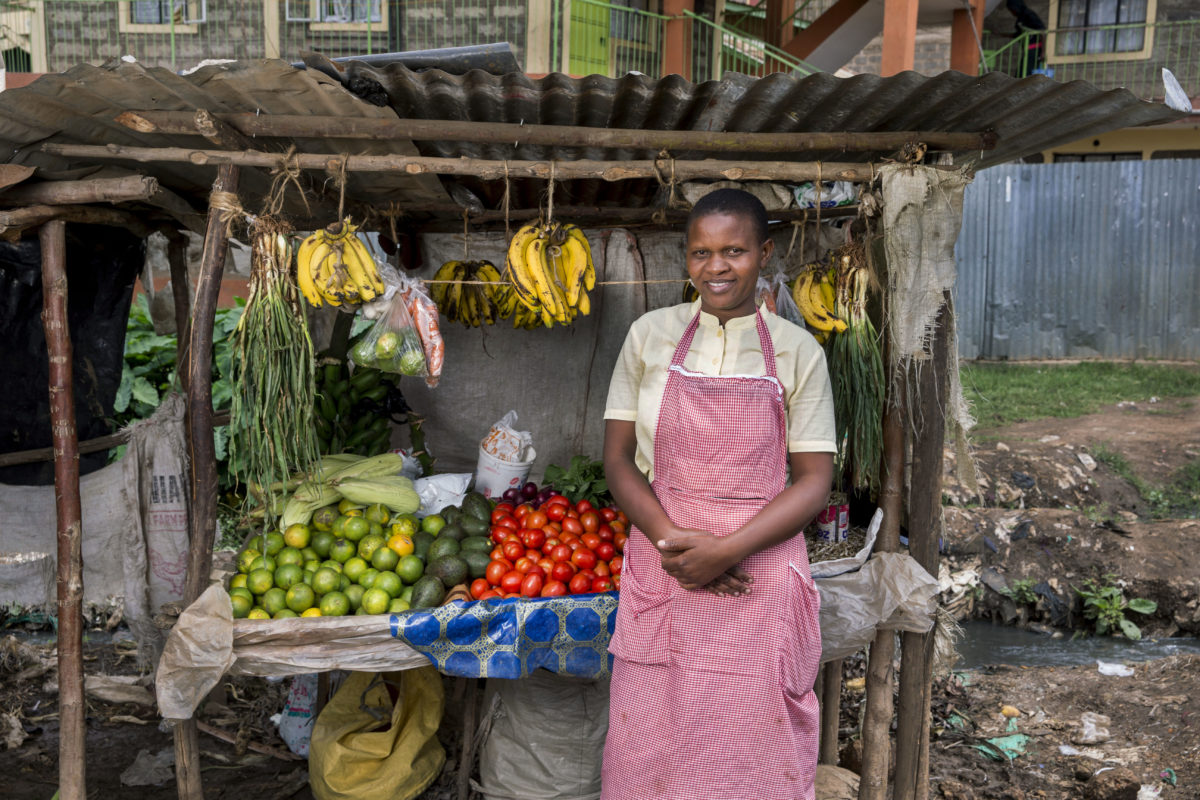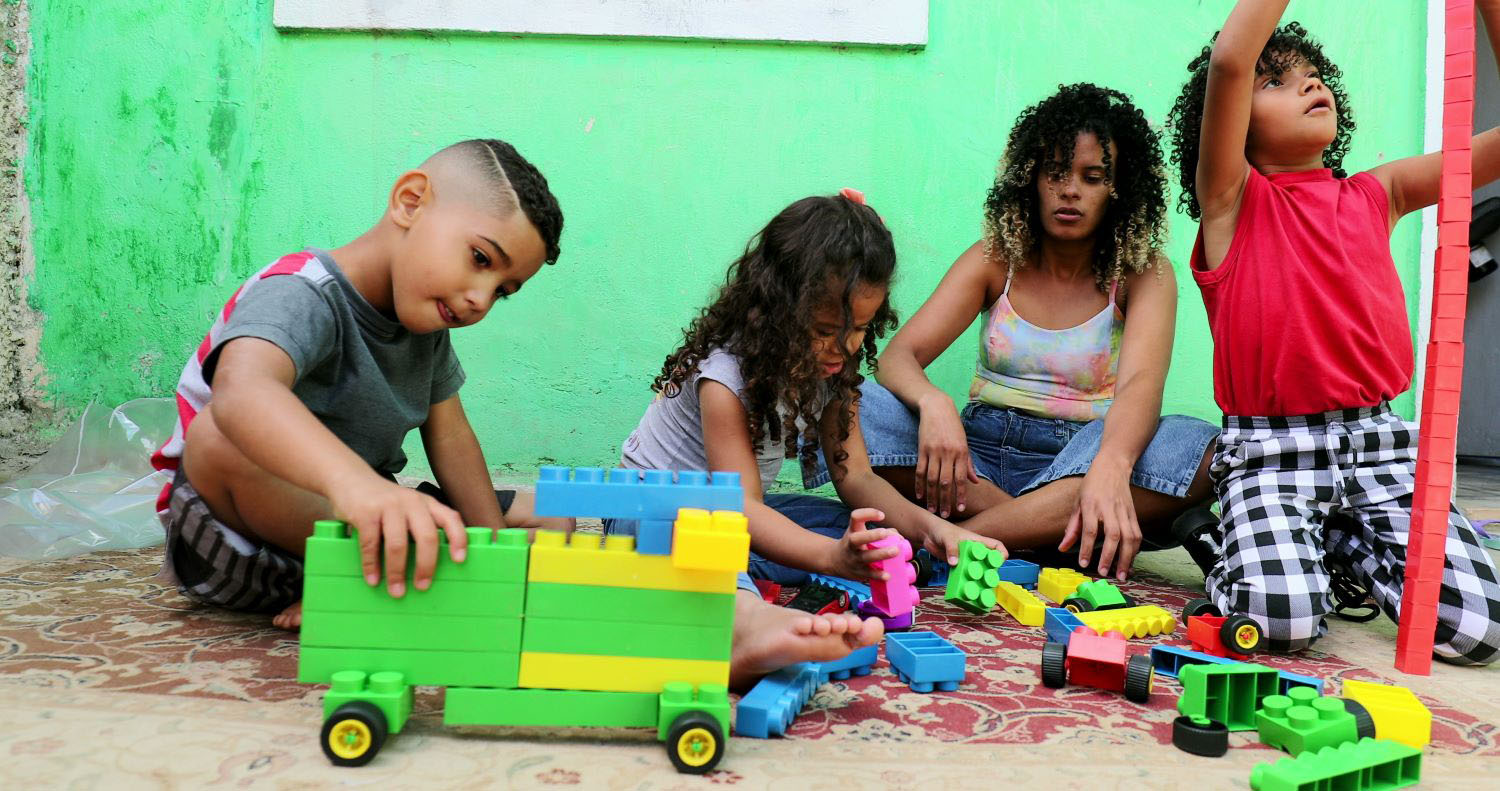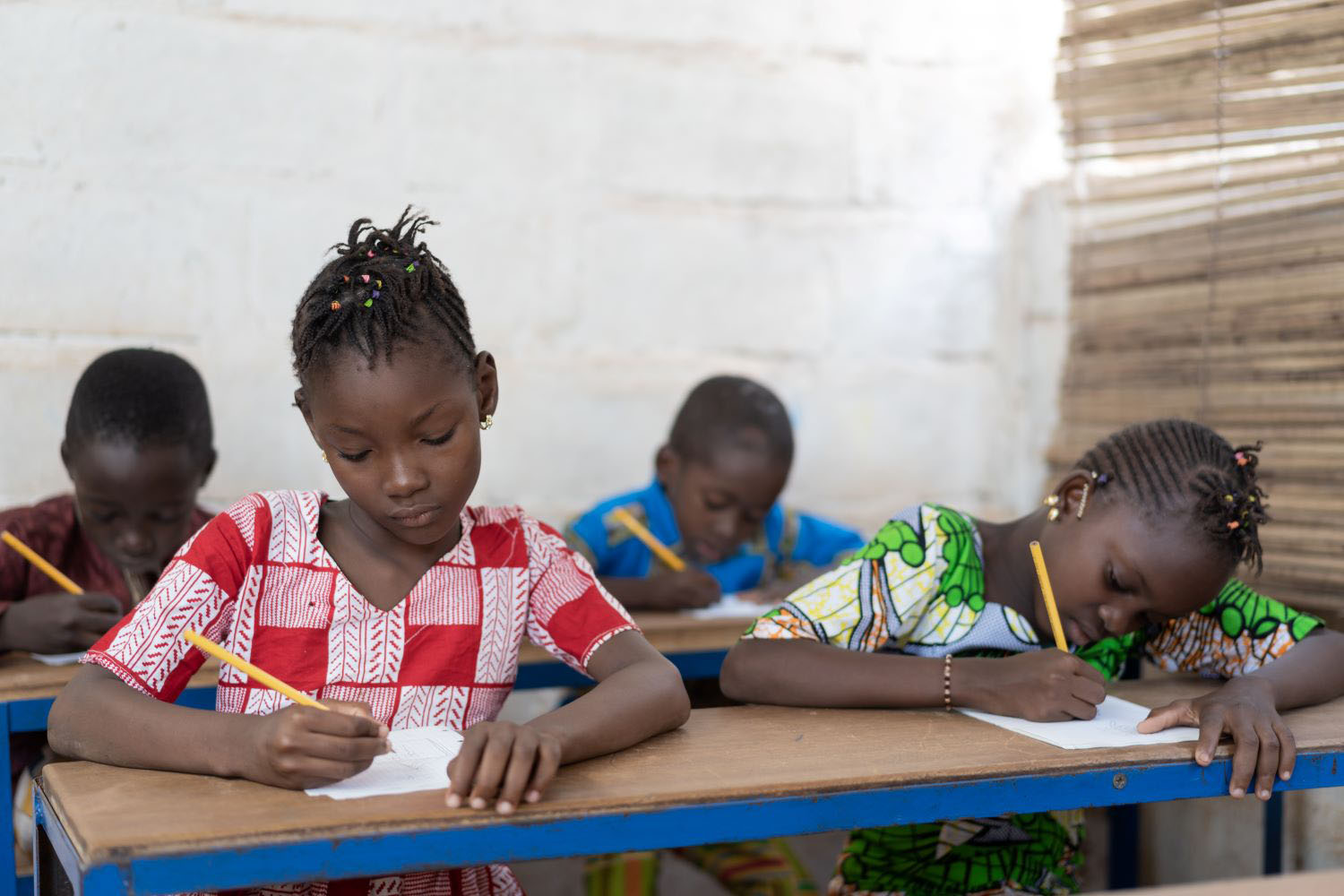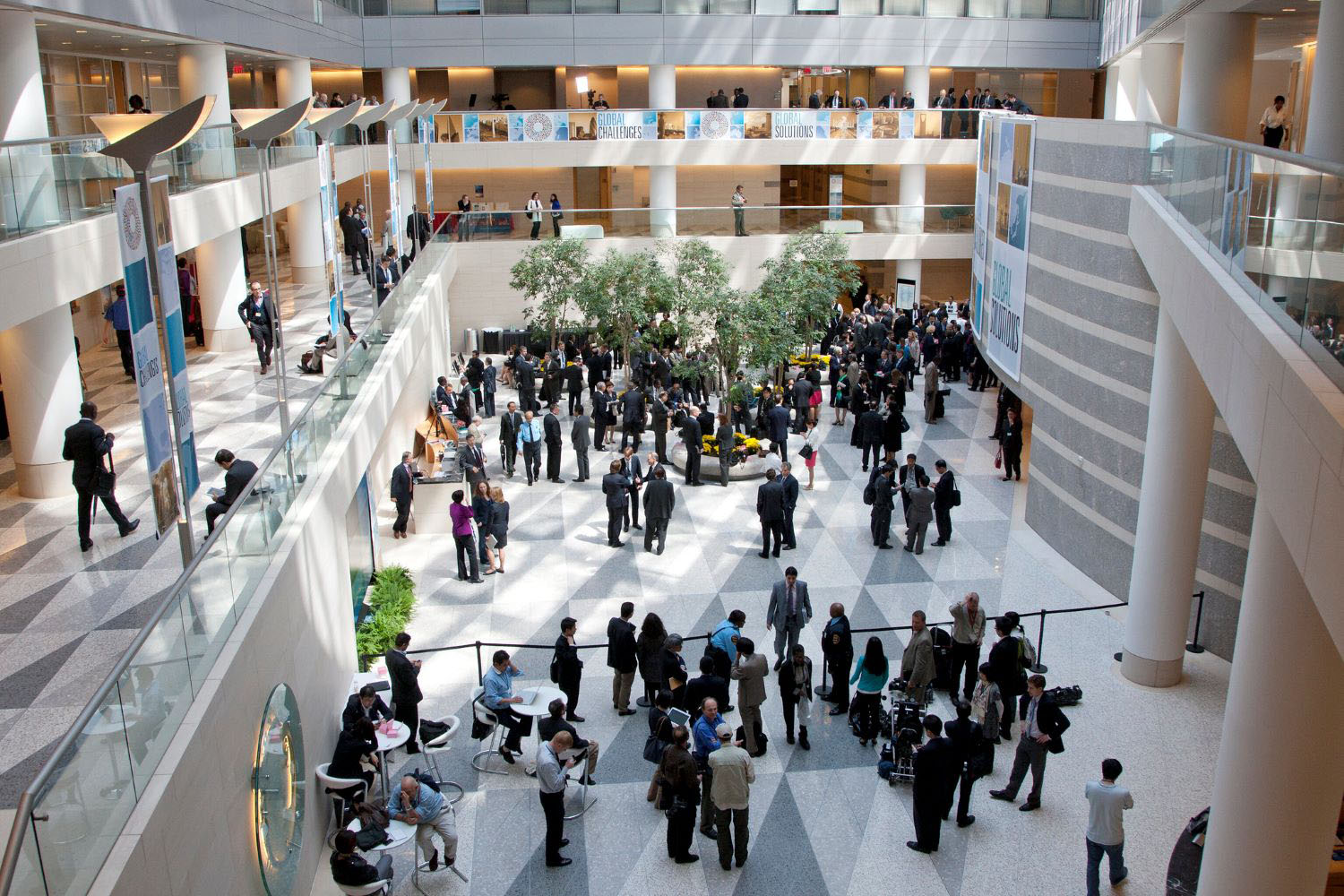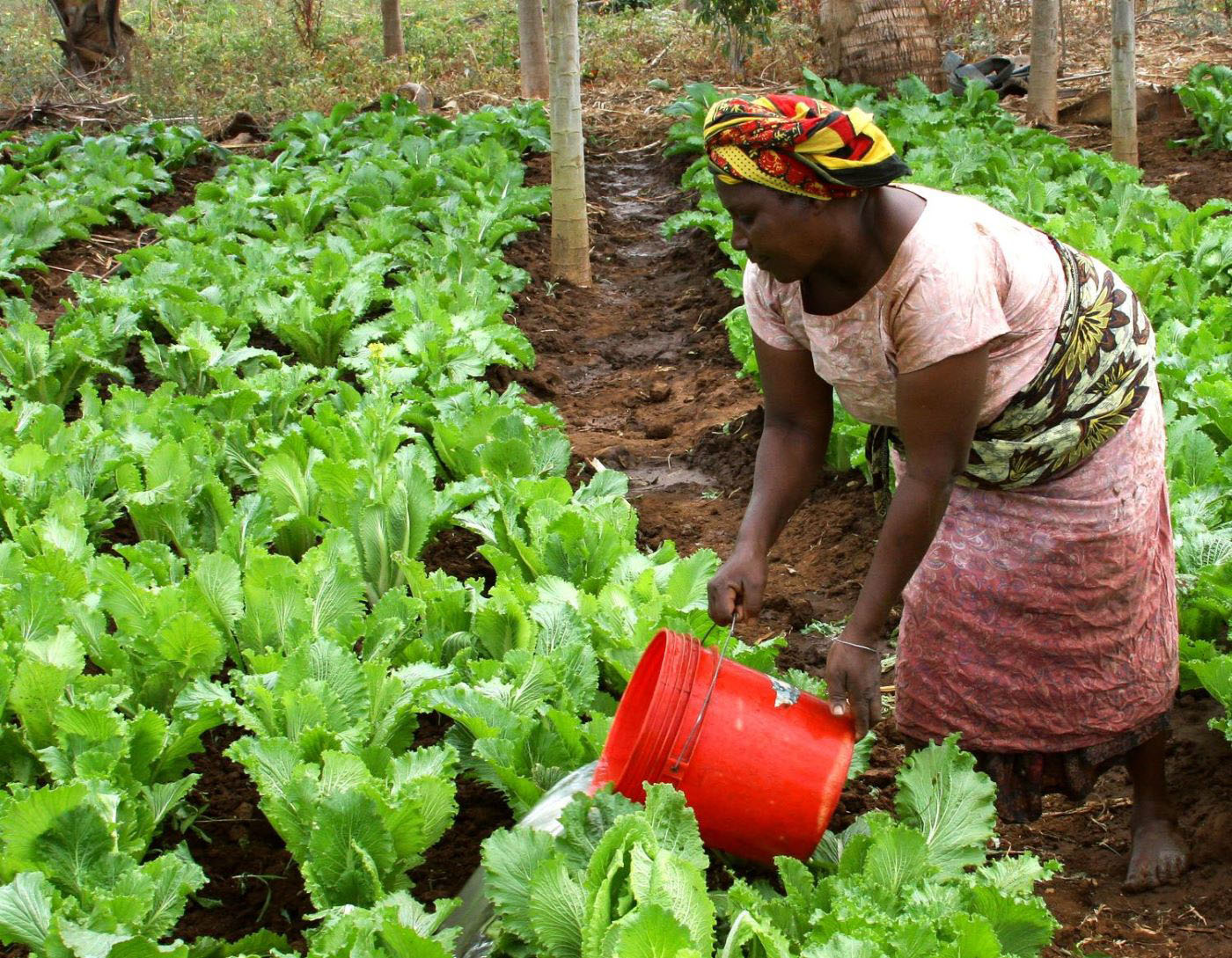Recommended
Youth unemployment is a massive problem in many African countries, where the formal sector is small and the population is still expanding rapidly. Relative to young people in other parts of the world, African youth entering the labor force are more likely to be forced to take unpaid jobs to gain experience, and it often takes them many years before they can find a stable source of income. Because formal employment accounts for a relatively small share of overall labor market activity in Africa, most policy interventions attempting to address youth unemployment focus on entrepreneurship promotion—for example, the Youth Opportunities Program in Northern Uganda or BRAC’s girls’ clubs. One long-simmering debate in economic policy circles is whether the best way to encourage entrepreneurship is to design psychologically informed, multifaceted programs, or to just give cash (or some other form of one-off, unrestricted transfer). The knowledge frontier pendulum has swung back and forth a few times over the last decade: five to ten years ago, cash grants seemed like they would displace many more complex programs, but more recent evidence has shown both the limitations of cash and the potential effectiveness of multifaceted interventions addressing psychological, social, and economic issues simultaneously.
In 2017, my coauthors and I waded into this discussion by conducting a cash-benchmarked evaluation of a multifaceted empowerment and entrepreneurship program designed by the International Rescue Committee (IRC). The IRC’s program provided unemployed young women in Nairobi with life skills training, business training, vocational education, and assistance setting up a “microfranchise” business, with ongoing mentoring throughout from community-based organizations. The newly launched microfranchises were linked to existing Kenyan businesses (a hair products company and a food vendor), but they were operated by the women in the program as independent, own-account enterprises (see the paper for more details). We evaluated the franchise program through a randomized trial based on over-subscription: there were more eligible applicants than there were spaces in the microfranchising program, so qualified candidates were randomly assigned to either the franchise treatment, a cash grant treatment, or a control group. Women who were randomly assigned to the grant treatment received a one-off transfer that was comparable in magnitude to the cost of offering the franchise program (either delivered in cash or through Kenya’s mobile money system, m-pesa).
In the first two years after treatment, the multifaceted microfranchise program and the unrestricted grants had remarkably similar effects. Both had significant, sustained impacts on self-employment. The programs increased self-employment by just over 10 percentage points, which translates to an approximately 40 percent increase in entrepreneurship. Both programs also increased young women’s labor income substantially, but only in the first year after treatment; by Year 2, incomes in the two treatment arms were indistinguishable from incomes in the control group (because incomes in the control group had increased as control women entered the labor force). However, though the impacts on income disappeared, the impacts on self-employment were nearly identical in the first and second year after the program—suggesting that the two interventions could have lasting (and similar) impacts on the occupational trajectories of women who participated. However, we did not find any impacts on empowerment, household structure, aspirations, etc., that might explain why women chose to remain in self-employment.
Our results from our Year 1 and Year 2 follow-up surveys left a number of questions unanswered. Why did women stay in self-employment after the treatment effects on income disappeared? Were women happy that they had become micro-entrepreneurs, or did they feel stuck in a low-income occupation? We were particularly worried that the two treatments might make women worse off over the long-term, if the shift into self-employment put them on a lower income growth trajectory than women outside the program, who were slowly gaining skills and finding their way into Nairobi’s dynamic labor market.
To understand these issues, we decided to go back to the field to collect more data. We conducted an additional follow-up survey in the sixth year after the microfranchising program. To increase statistical power given our relatively moderate sample sizes (since labor income is a noisy outcome variable), we took David McKenzie’s advice and conducted three rounds of phone surveys in quick succession in 2018 and 2019. We focused on a few key outcomes of interest, to keep survey length manageable over the phone.
Our new CGD working paper updates our 2017 results to include findings from the Year 6 follow-up. We report three main results. First, the impacts of both the franchise and grant treatments on self-employment are still there—and nearly identical to what we observed in the Year 1 and Year 2 surveys. Both the multifaceted microfranchising program and the one-off grant really did seem to have a permanent impact on young women’s occupational trajectories. The programs enabled (some of) them to become entrepreneurs, and they are still entrepreneurs. Second, the positive impacts on income—which were there in Year 1 but had disappeared by Year 2—seem to be gone for good. With the additional statistical power from three rounds of Year 6 survey data, we can be fairly confident that neither intervention had meaningful long-term impacts on labor income. So, why have the young women stayed in self-employment? The short answer is that they like it: almost all women in all treatment arms indicated that they prefer self-employment to working for someone else.
Perhaps the most surprising finding came from our analysis of impacts on overall wellbeing in Year 6. We find clear evidence that the multifaceted franchise program—which helped women launch businesses, but also included life skills training, business training, and ongoing mentoring—led to economically and statistically significant impacts on food security and subjective wellbeing five years after treatment. However, the cash grant alone did not improve wellbeing, and women assigned to the franchise treatment had significantly higher wellbeing than those assigned to the grant arm by our Year 6 follow-up. While this divergence may seem surprising, our results suggest that elements of the franchise treatment such as mentoring and life skills training make a difference in the long term.
In addition to following up two interventions three time points spanning six years, the project also examines whether young women have accurate beliefs about the impacts of interventions they participate in: we show that some ways of asking about those beliefs—and navigating hindsight bias—produce more accurate responses than others. To find out more, take a look at the paper!
Disclaimer
CGD blog posts reflect the views of the authors, drawing on prior research and experience in their areas of expertise. CGD is a nonpartisan, independent organization and does not take institutional positions.
Image credit for social media/web: Adobe Stock


